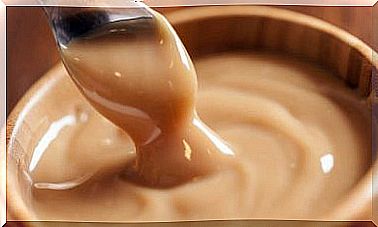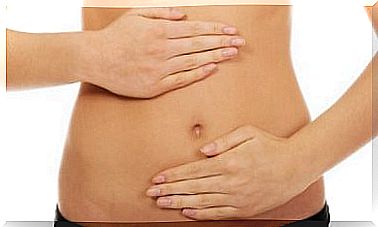5 Symptoms That Indicate Fluid Retention
Did you know that extreme tiredness, a feeling of heaviness and swelling in the legs can indicate fluid retention in the tissue?
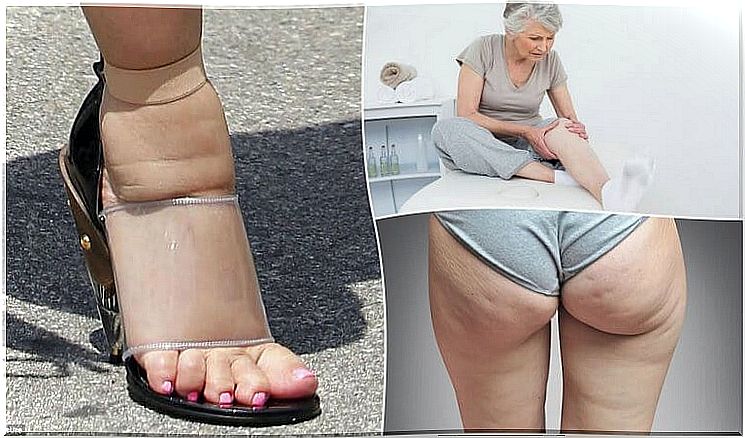
Fluid retention can be due to hormonal or organic causes, or it can be caused by an improper diet. It is a widespread condition that causes fluid to accumulate in tissues.
This metabolic disorder is usually noticeable in the legs, but can also occur in the arms, hands, face or stomach.
Symptoms of fluid retention
In mild cases, fluid retention can go unnoticed and be mistaken for a slight increase in body weight.
However, if excessive water is stored in the tissue, typical symptoms usually occur that can negatively affect everyday life.
1. Swelling of the extremities
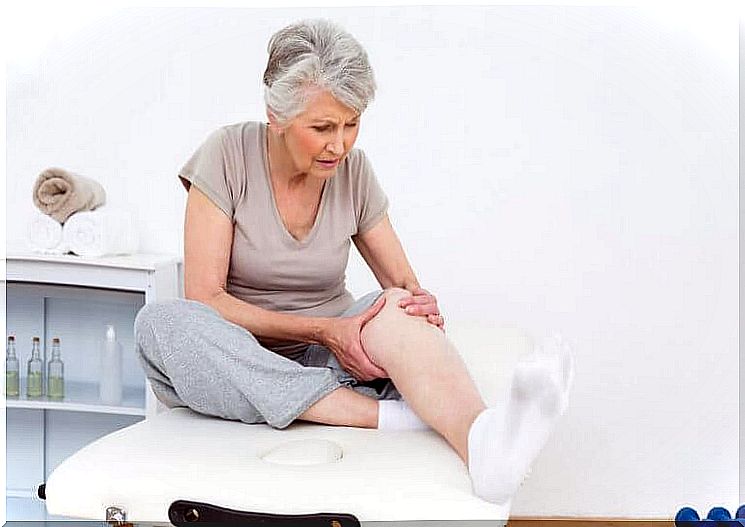
Swelling in the legs or arms can be a sign of water retention in the tissues.
The legs or arms appear thicker than they actually are. Circulatory disorders can occur because the heart valve system has to withstand too much pressure due to the excess of fluid.
Swelling can also occur in the following areas:
- belly
- chest
- face
2. A feeling of heaviness as a sign of fluid retention
Often there is an uncomfortable feeling of heaviness, which can be very uncomfortable for certain tasks that require physical exertion.
The body feels heavy, which also affects the health of muscles, lymphatic systems, and blood circulation.
3. Cellulite
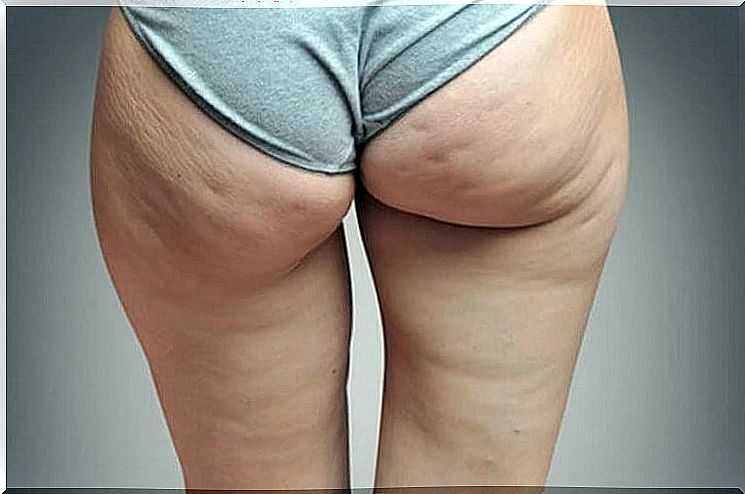
There are many different factors that can promote cellulite formation. However, if there is fluid retention in the tissue, the problem is exacerbated and treatment is more difficult.
While there are several topical treatments available to reduce cellulite, in this case you must first identify the causes of the fluid retention and, if possible, correct them.
4. Fatigue and general malaise
Since the blood circulation is heavily stressed by the fluid deposits, it often leads to tiredness and general malaise.
The transport of oxygen and nutrients to the cells is also impaired, which can explain the reduced physical and mental performance.
5. Reduced urine volume
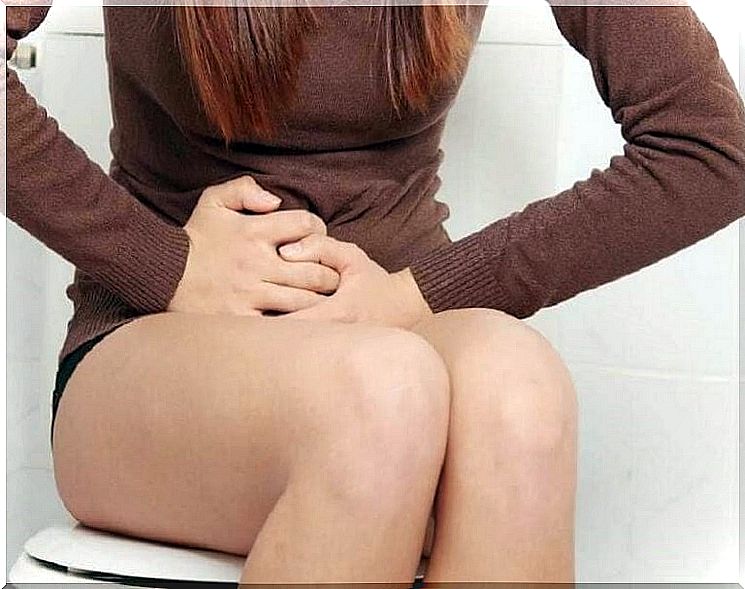
Since the kidneys cannot optimally regulate the fluid balance, the volume of urine decreases, which in turn increases the risk of infections in the urinary tract.
Prevention against fluid retention
There are many habits that can be improved and remedies that are of great use in prevention. A wide variety of factors play a significant role here, but with the right precautionary measures, at least the risk of fluid stored in the tissue can be significantly reduced.
Limit salt consumption
Too much salt unbalances your fluid balance, so you should try to limit your consumption as much as possible.
The following foods contain a particularly high amount of salt, which you should avoid if possible:
- Sausages
- canned goods
- Hard cheese
- finished products
- carbonated soft drinks
Drink more water

Too little water (or other healthy drinks) leads in many cases to the storage of fluid in the tissue, even if this seems contradictory at first glance.
Water regulates blood circulation and optimizes kidney functions. In this way, pollutants and residues can be eliminated more easily.
Consume dehydrating foods
There are a wide variety of diuretic foods that can help drain excess fluid from tissues.
The following foods are particularly recommended:
- pineapple
- artichoke
- Beetroot
- asparagus
- Watermelon
- melon
- Horsetail
- ginger
Avoid tight-fitting clothing
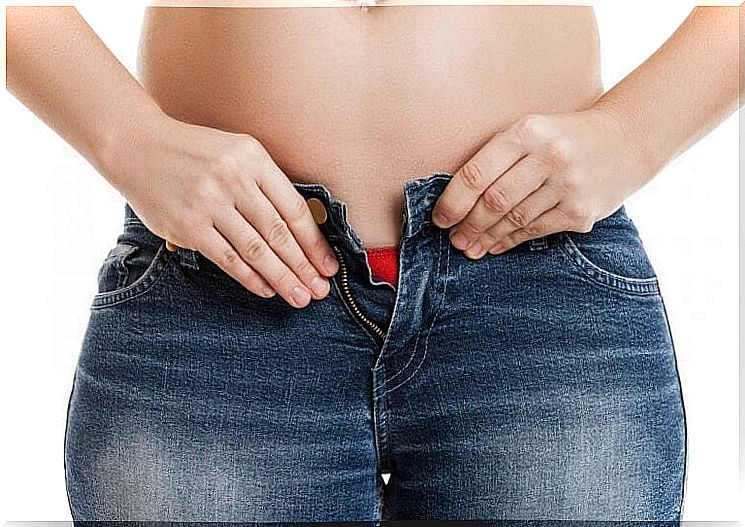
Tight-fitting clothing prevents proper blood flow and can have a negative effect on fluid retention, spasms or other complaints.
Move
Lack of exercise and long periods of time in the same position can lead to swelling, impaired blood flow and promote the storage of fluid in the tissue.
You should exercise regularly. 20 to 30 minutes of exercise a day improves blood circulation and the oxygen supply to the cells.
Do you have symptoms that indicate fluid retention? Maintain healthy lifestyle habits and take appropriate measures to counter the symptoms.
Get a medical examination and advice from your doctor!




